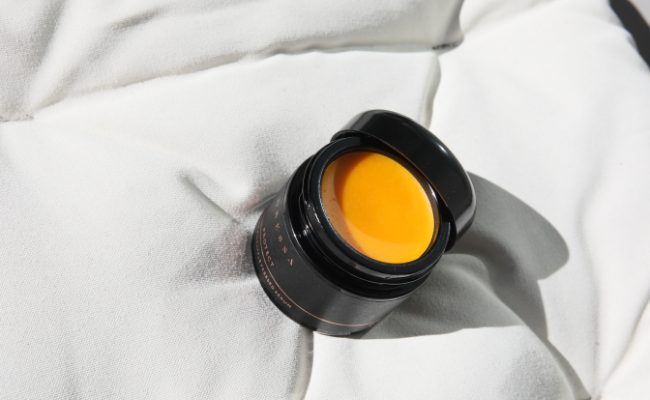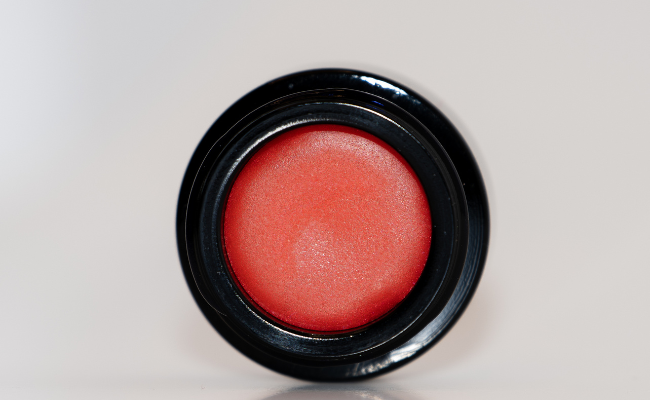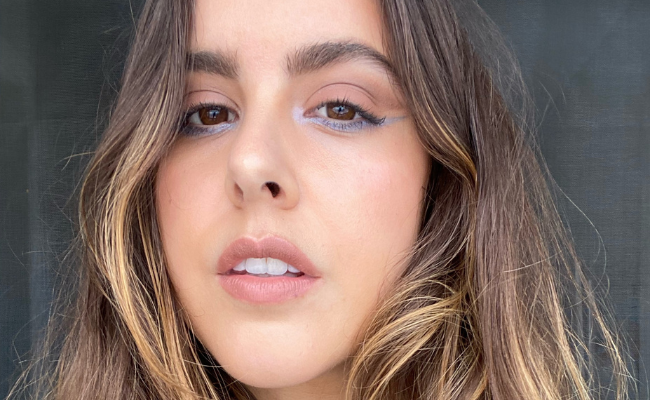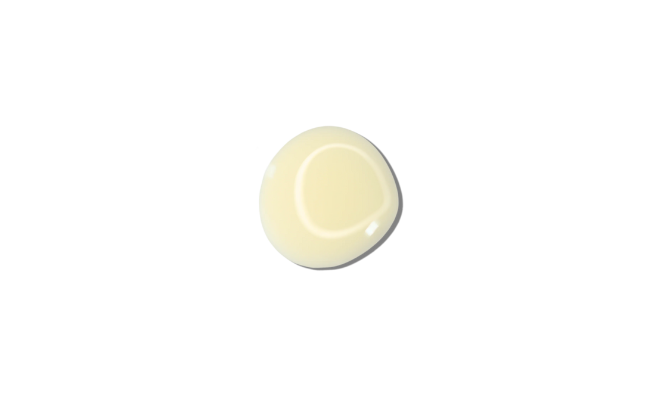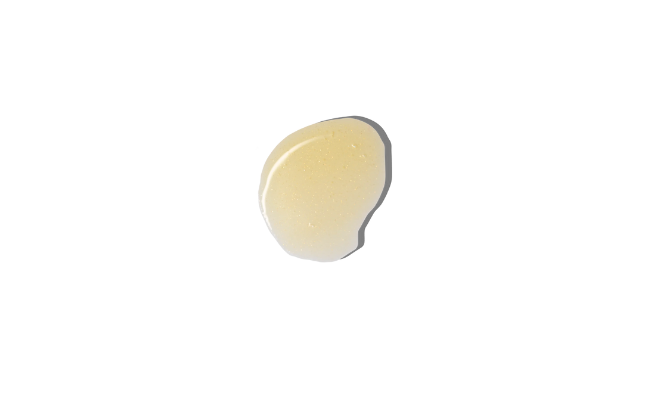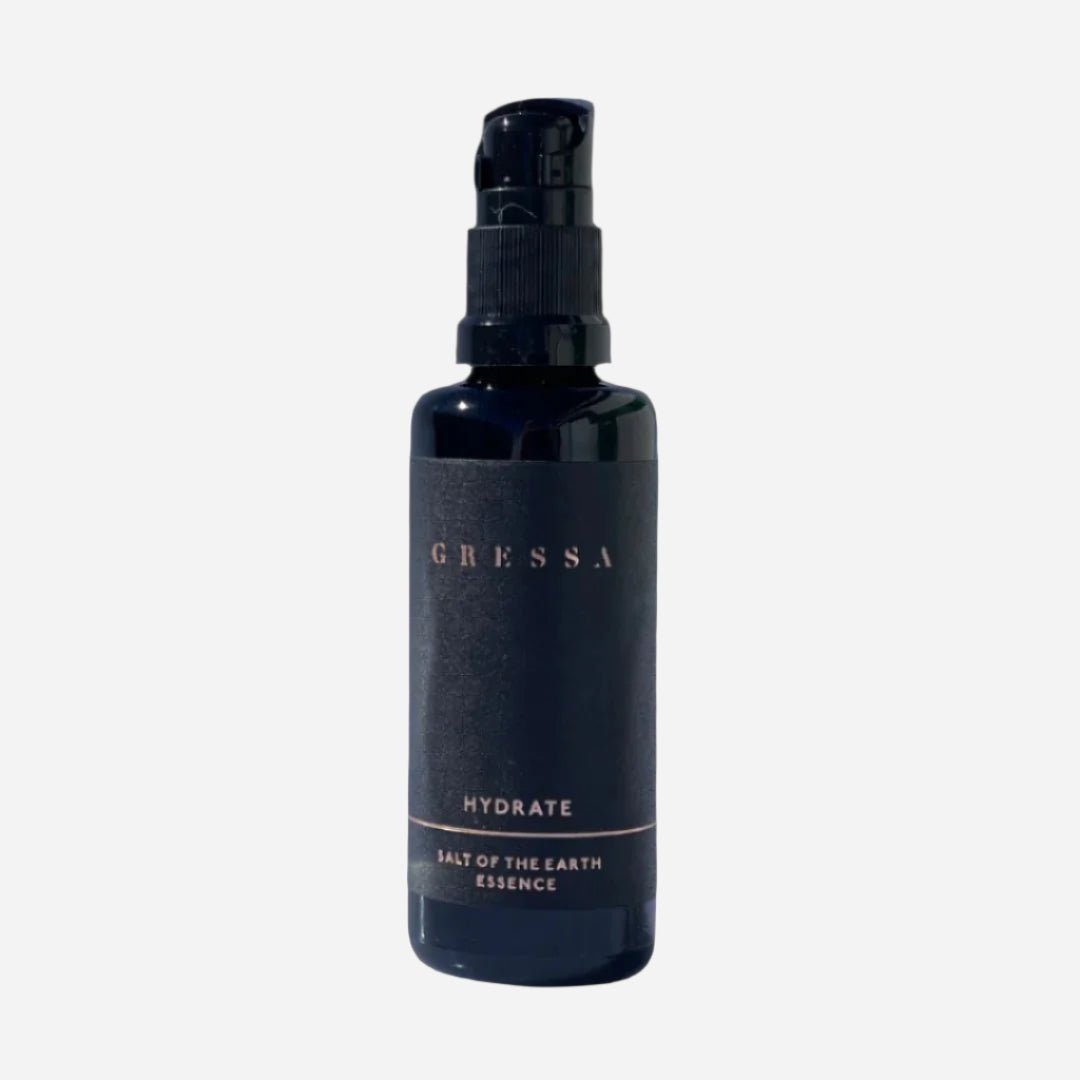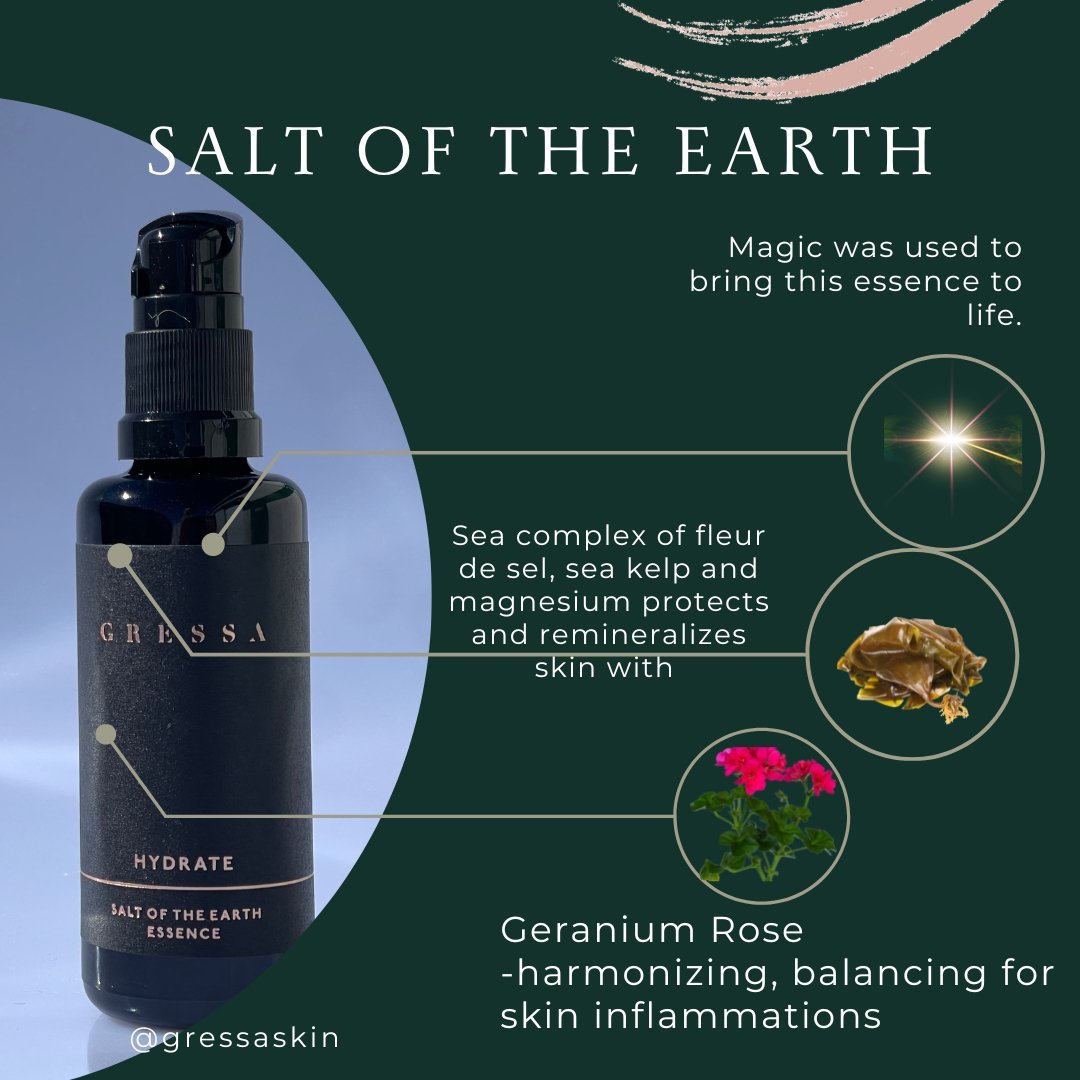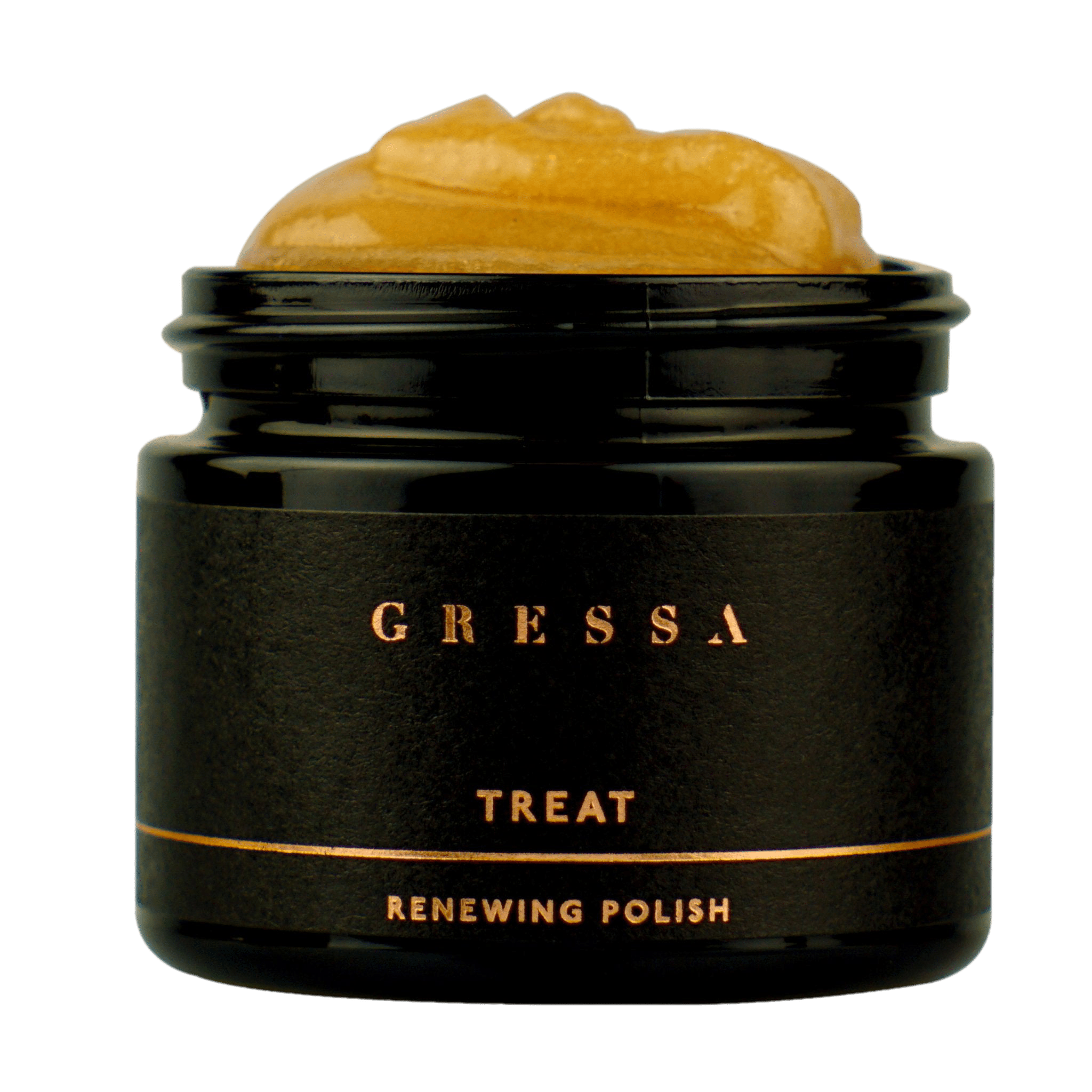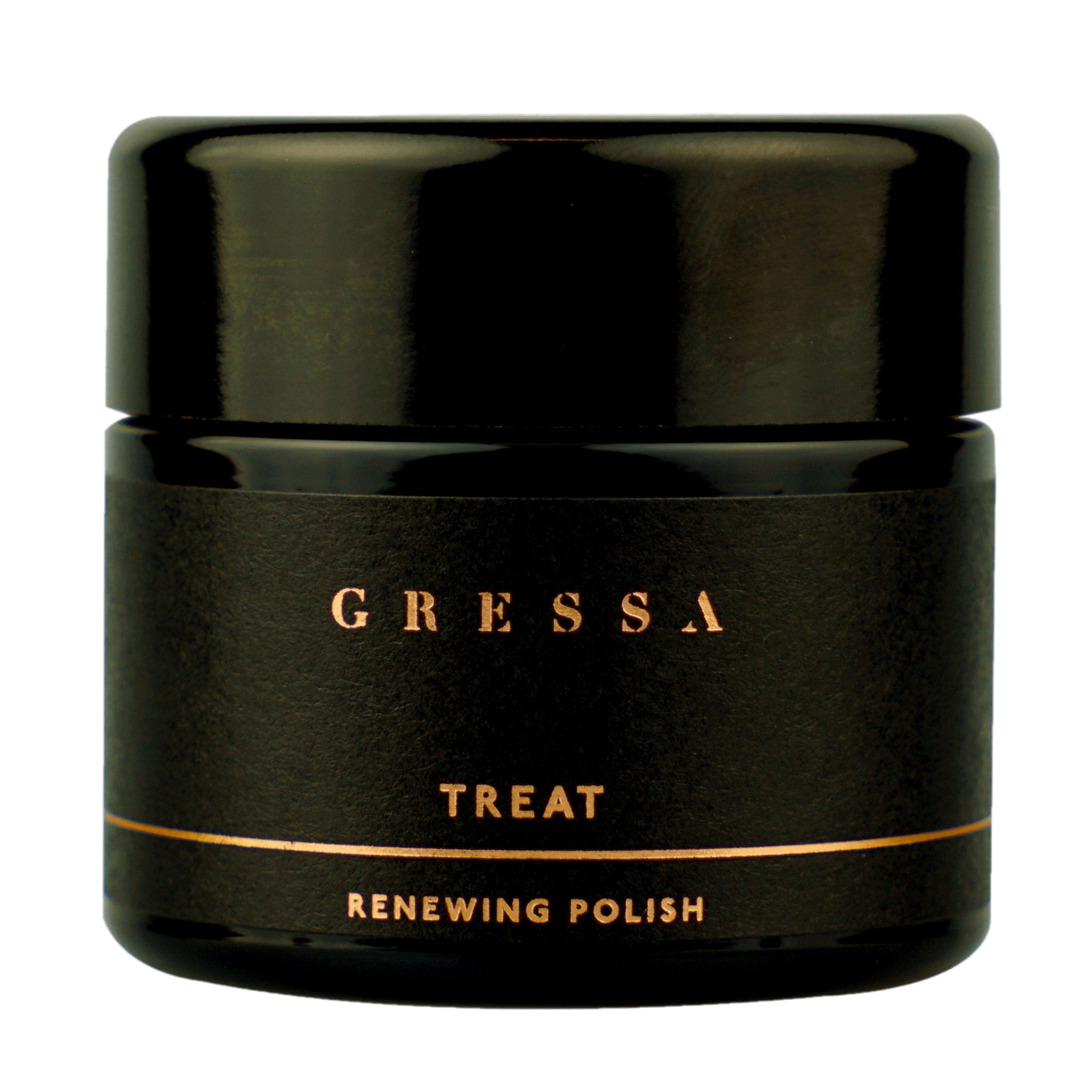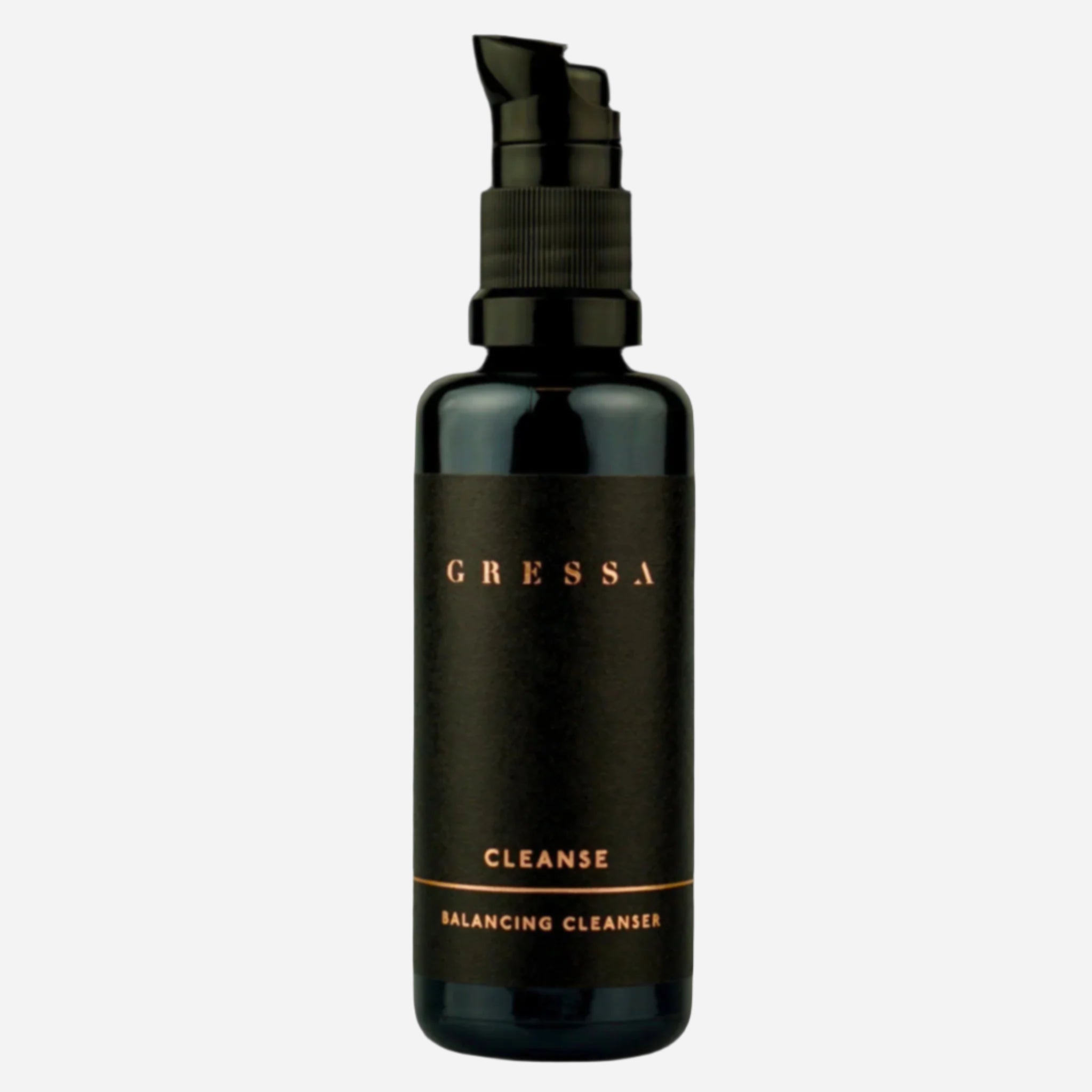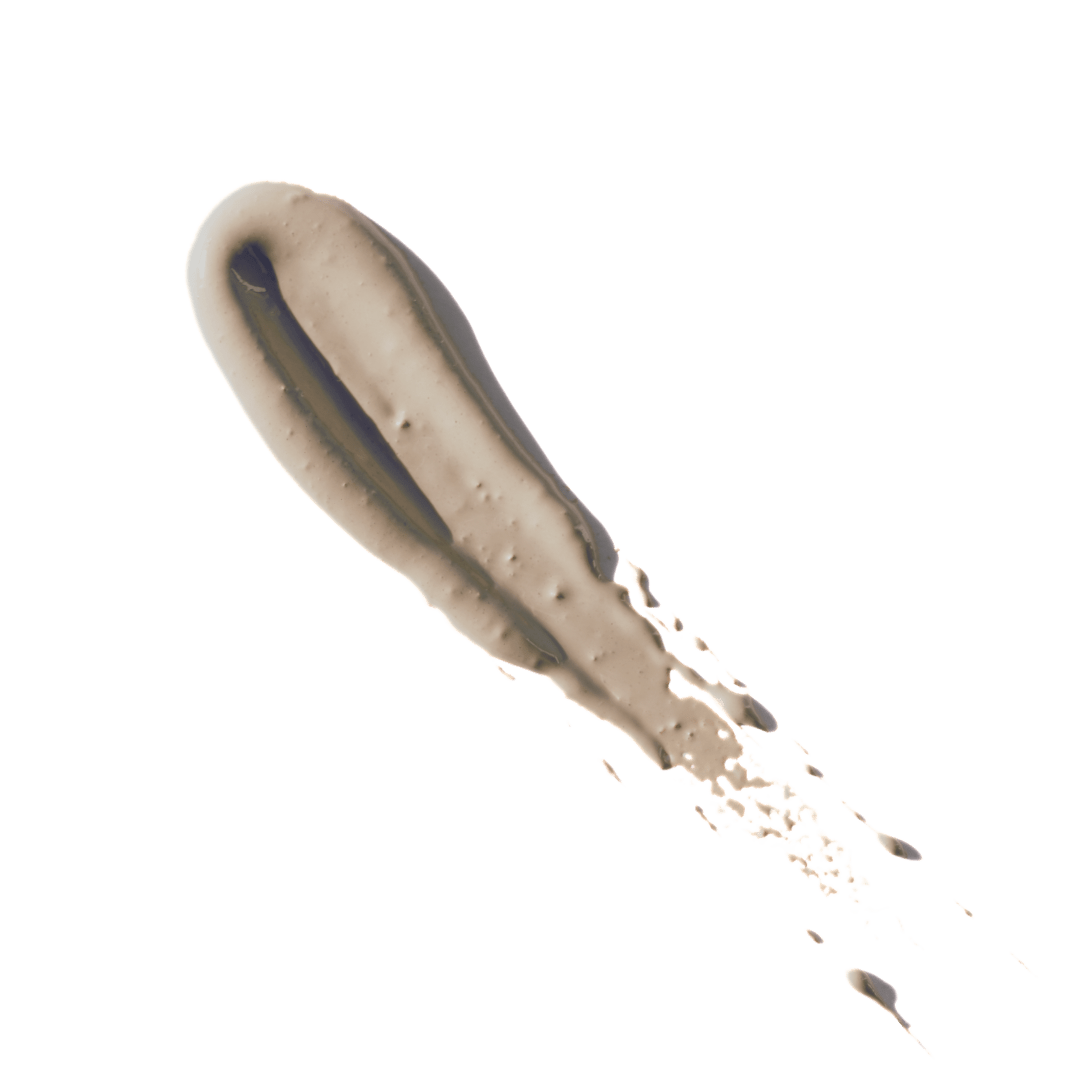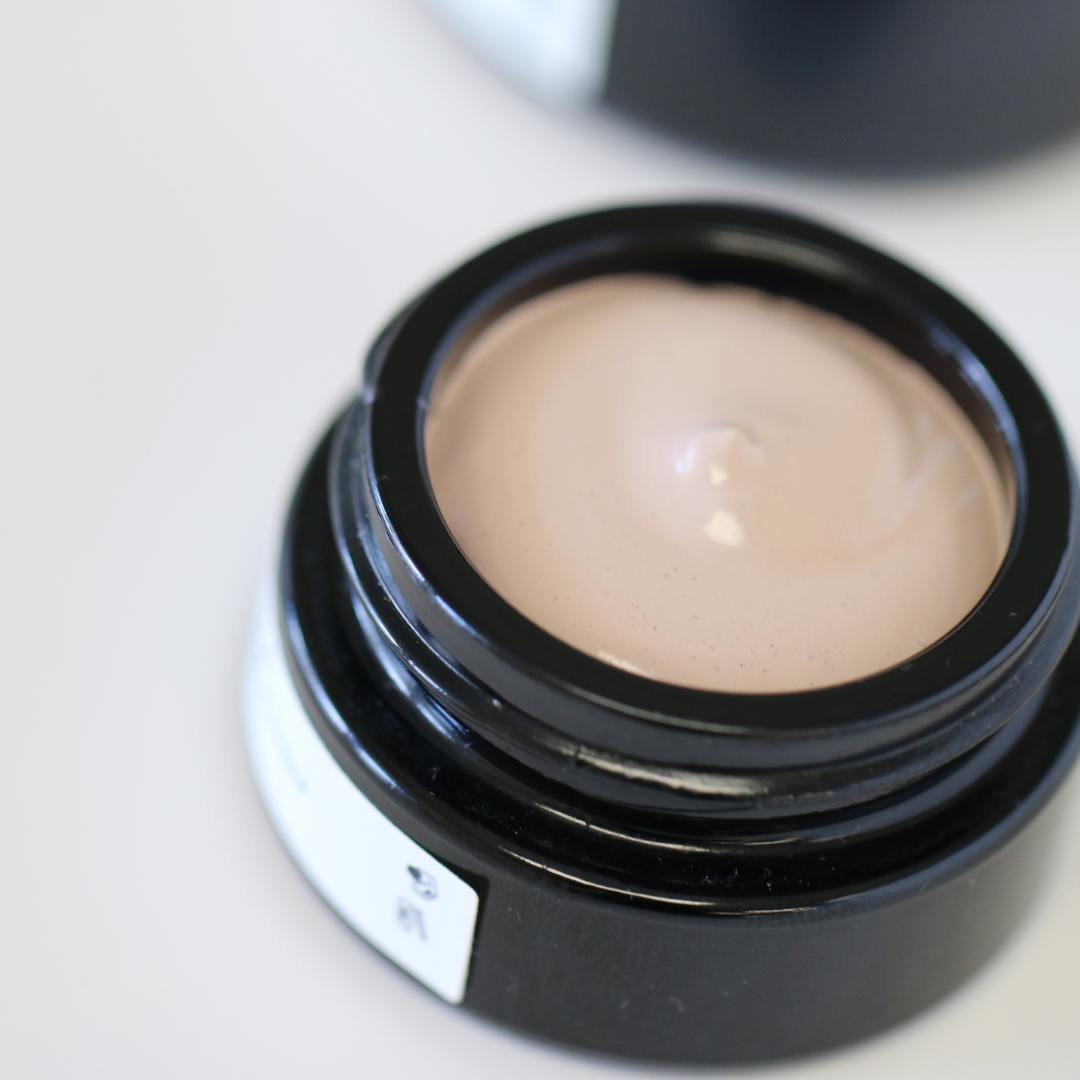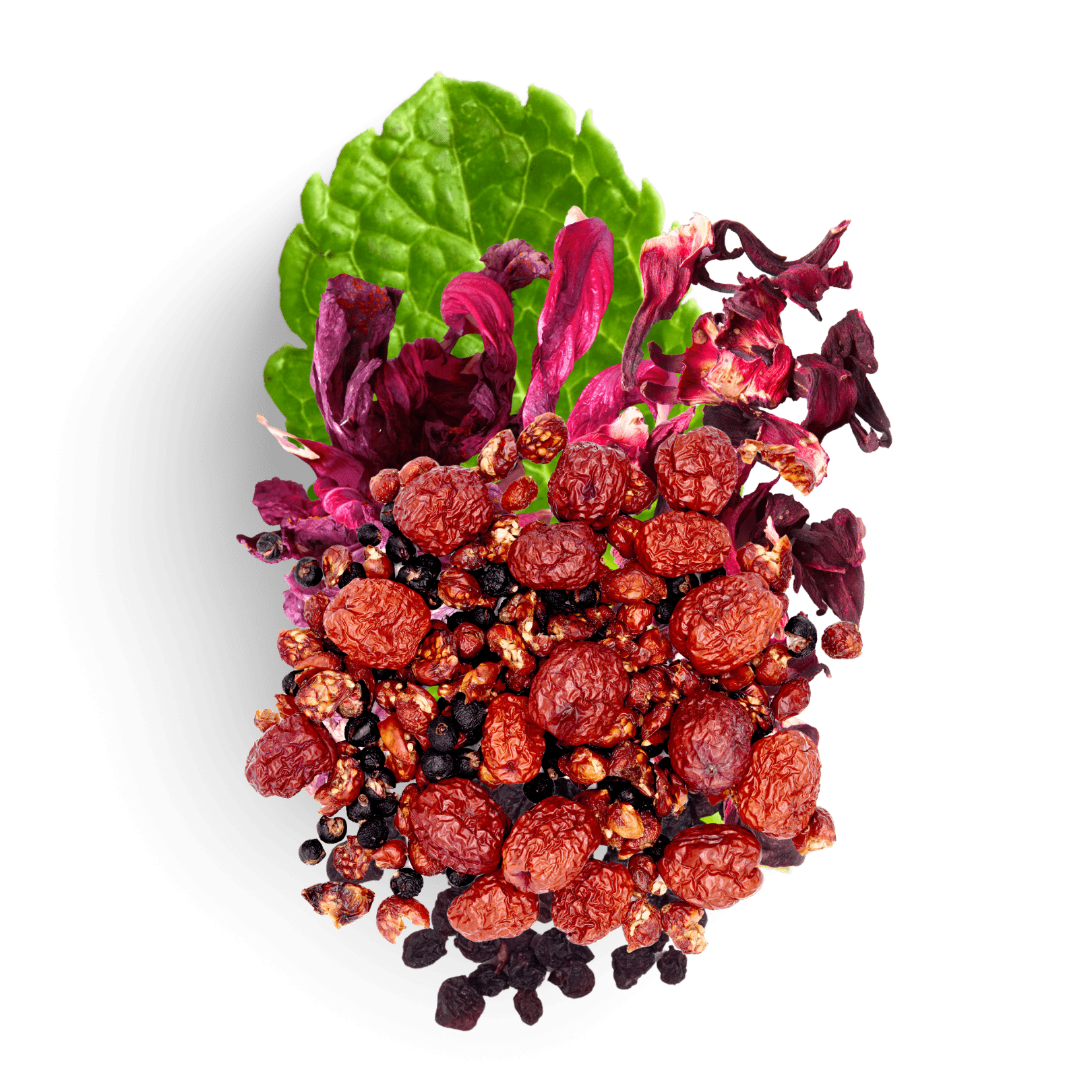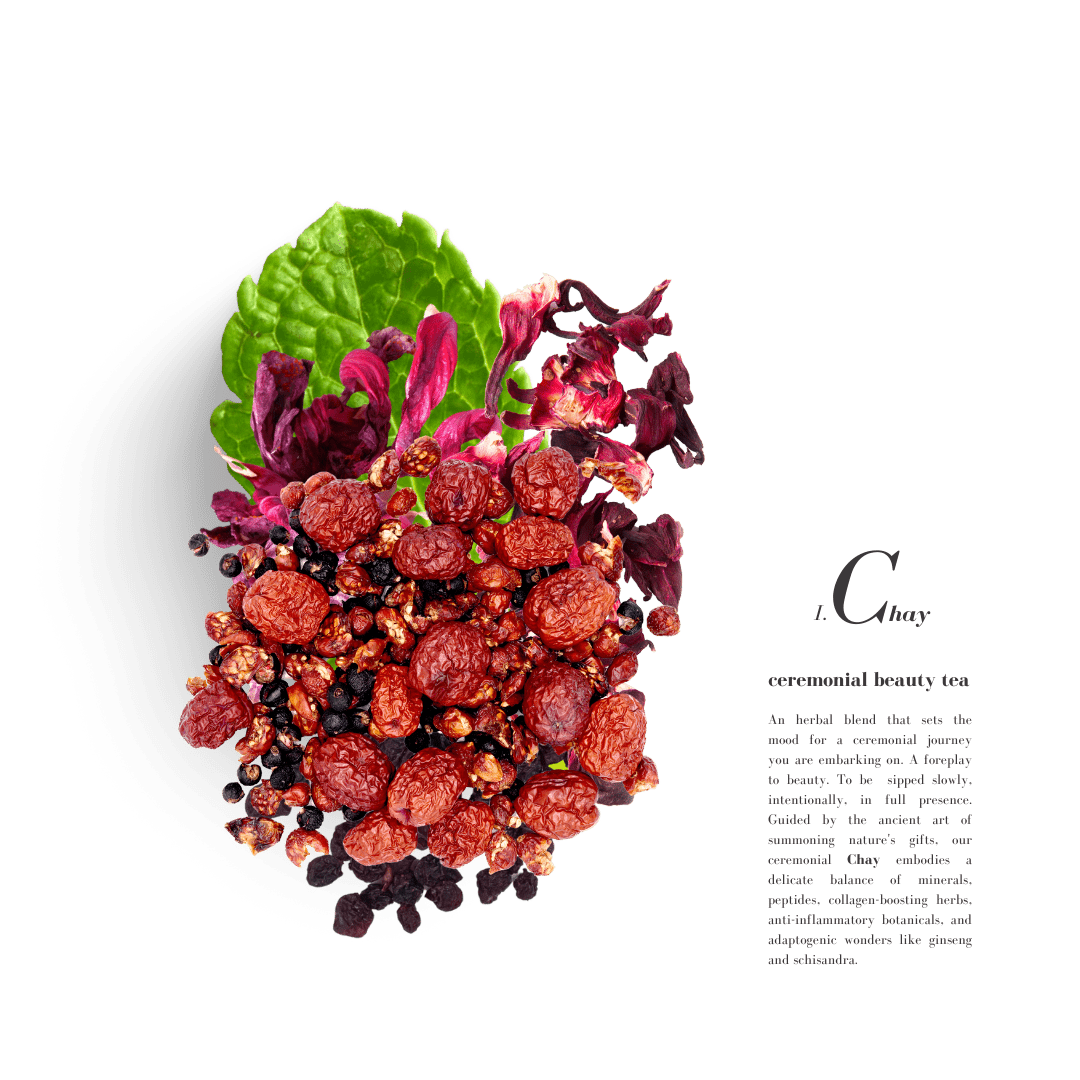Damask Rose and your skin
Rose - an aphrodisiac with embedded beautifying roots dating back thousands of years.
Today, Rosa Damescena is considered the queen of all roses. Yes, she is. The scent, the moisture surge you get when you spray your face, the after effect of dewy skin. We are a bit obsessed.

Damask Rose has developed its reputation as having the most powerful and effective rose oil (Damask Rose Oil). Grown primarily for it's healing power in select areas of the world such as the "Valley of the Roses" in Bulgaria, Rosa Damescena is as rare as it is valuable.
Not all rose oils/waters are created equal
There are hundreds of products containing rose. Take note, just because it smells like rose and is real distilled rose oil/hydrosol, it doesn't mean you're reaping the benefits of what a high quality, precious rose oil can do for your skin.
A scientific comparison study has shown a significant difference between substituents of rose oil obtained from dried rose flowers as opposed to freshly picked petals. The study showed that oil and rose water that is harvested from fresh flowers is indeed what carries the highly beautifying effect that damask rose is known for.
The fresh damask rose petals possess a very small quantity of essential oil. One kg (about 2.5 pounds) of rose oil can be obtained from about 3,000 kg (over 6,000 pounds) of rose petals (Baser, 1992).
Because of the low oil content and the lack of natural and synthetic substitutes, rose oil is one of the most expensive essential oils in the world markets.
Another scientific study sheds the light on the efficacy of plant extracts to combat pathogens which will help as natural antimicrobial agents.
Various products and isolated constituents from flowers, petals and hips (seed- pot) have been studied in a variety of in vivo and in vitro studies. It has been shown that R. damascena has wide spectrum antimicrobial activities. Essential oil, absolute and hydrosol are important products that showed antimicrobial and anti fungal effects against the most common bacteria and fungi.
So, what does that mean?
This is where we get giddy.
We love traditional medicine but when we see actual scientific proof that a spotlight ingredient of ours is indeed is as powerful and effective as we say it is, we do a little dance, while spraying our face with [a bit too much] Purifying Mist.
It's never too much. Those who have tried it, know what we're talking about.
So, next time you pick up your gorgeous bottle of Purifying Mist know that it took over one thousand of fresh Bulgarian rose petals to make this very bottle.
Precious? Yes. Just what your face deserves.
REFERENCES:
Baser, K.H.C (1992). Turkish rose oil. Perf. Flav. 17(3), 45-52.
Verma RS, Padalia RC, Chauhan A (2011). Chemical investigation of the volatile components of Shade-dried petals of damask rose (Rosa damascena). Arch. Biol. Sci. Belgrade 63 (4): 1111-1115.







